We may earn money or products from the companies mentioned in this post. This means if you click on the link and purchase the item, I will receive a small commission at no extra cost to you ... you're just helping re-supply our family's travel fund.
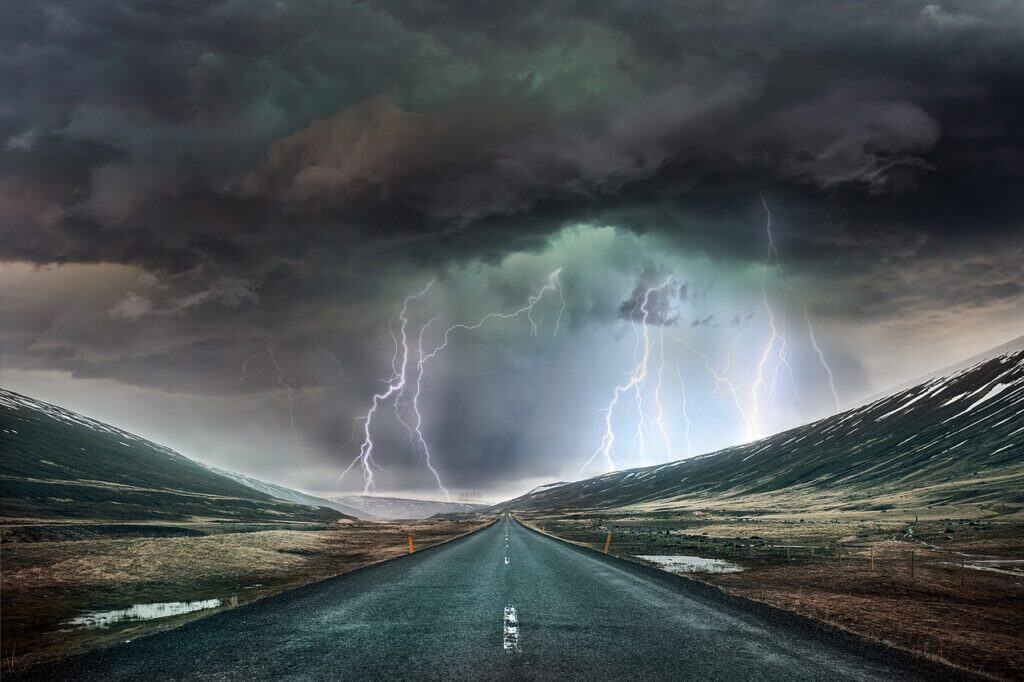
Nothing derails a getaway faster than hurricane warnings, flooded streets, or sudden evacuations. The reality? Certain U.S. destinations are tropical storm magnets especially during late August through October, when hurricane season peaks. Even the prettiest locations are a gamble during this time, with higher risks of dangerous weather and travel disruptions. Whether you’re longing for a beach escape, city adventure, or a family retreat, timing can make all the difference. Here’s a look at ten popular places where it’s much smarter to wait for clear skies before you pack your bags.
1. Miami, Florida
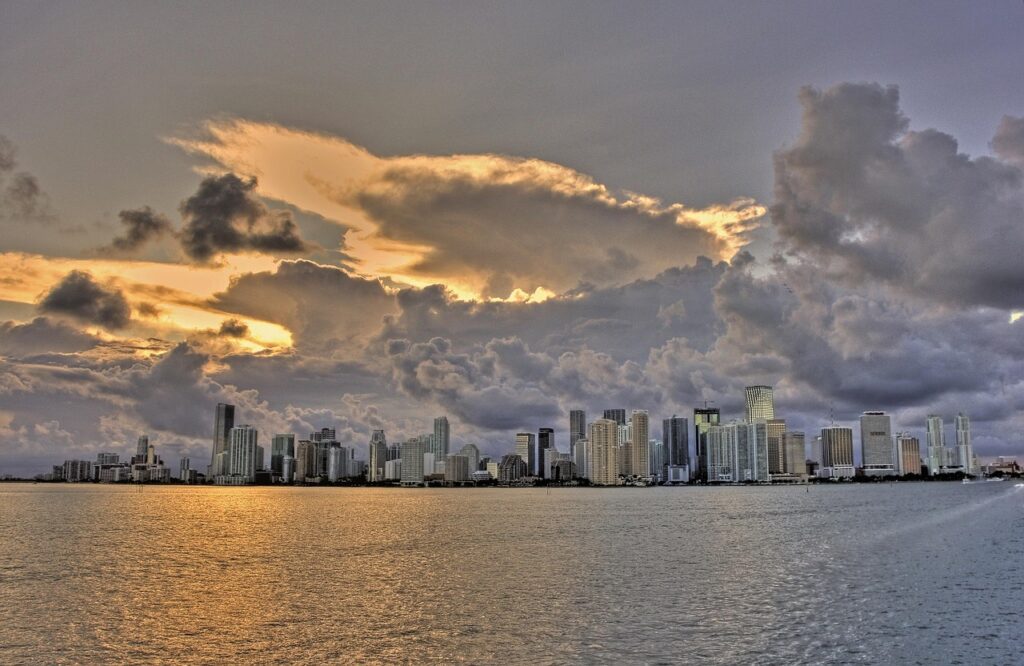
Miami is known for its vibrant beaches and nightlife, but late summer through fall often brings storms and flooding. Hurricanes can close down much of the city, from the sands of South Beach to its buzzing restaurant scene. September is especially risky, with hurricane activity spiking as ocean temperatures climb. For stress-free travel, visit during winter or spring. You’ll get Miami’s best weather, lively events, and a relaxed coastline without nervously checking storm tracks.
2. New Orleans, Louisiana
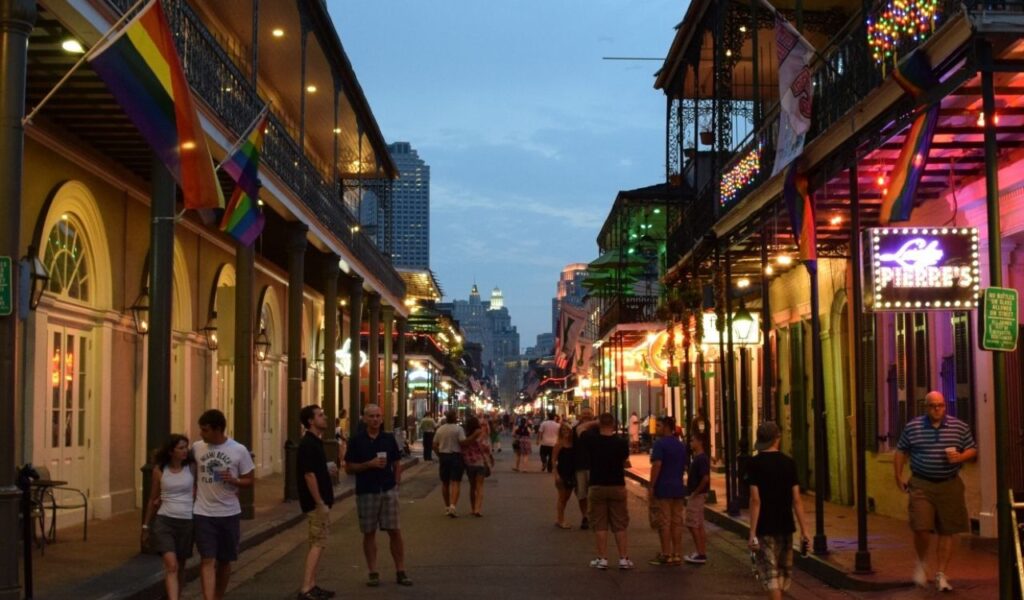
August through October brings New Orleans its highest hurricane risk. Major storms can lead to street flooding and citywide evacuations, causing severe disruptions. While the Crescent City has rebuilt with resilience, hurricane season is still unpredictable. Off-season visits let you embrace the French Quarter’s charm, music, and world-class food without worrying about dark skies or flooded roads. Early spring and late fall are ideal for savoring everything New Orleans does best.
3. Outer Banks, North Carolina
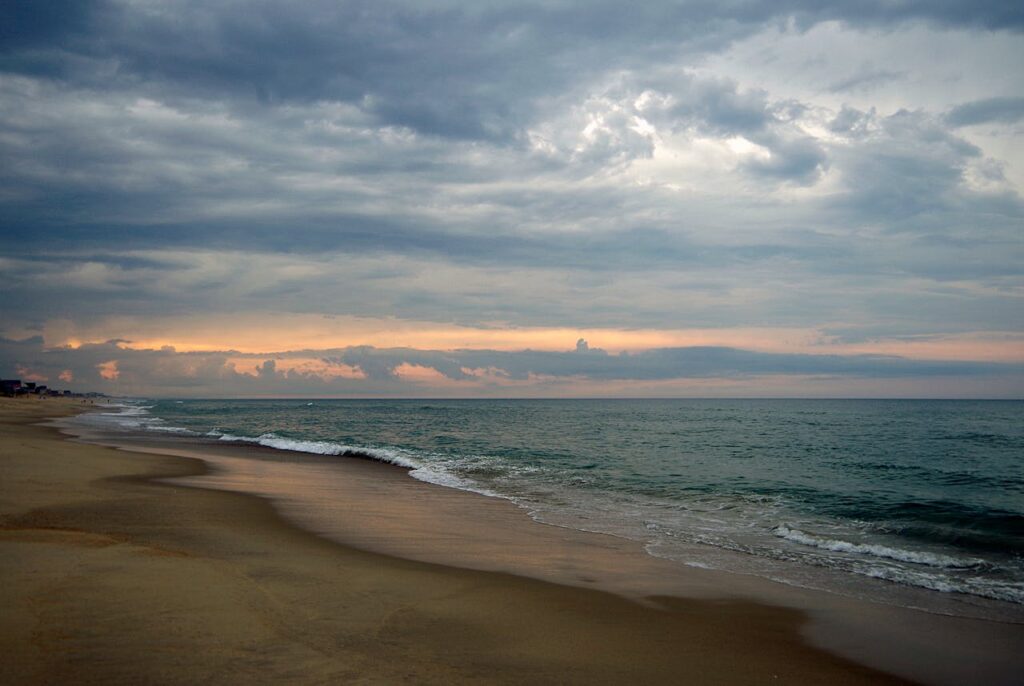
The Outer Banks are beloved for their wild beauty, but their position makes them especially prone to hurricanes and tropical storms. Limited evacuation routes and narrow, exposed roads can complicate safety when storms approach. Visit in late spring or early summer instead warm waters, serene beaches, and laid-back small-town vibes are all still on offer, with far less risk of evacuation or closed beaches.
4. Key West, Florida
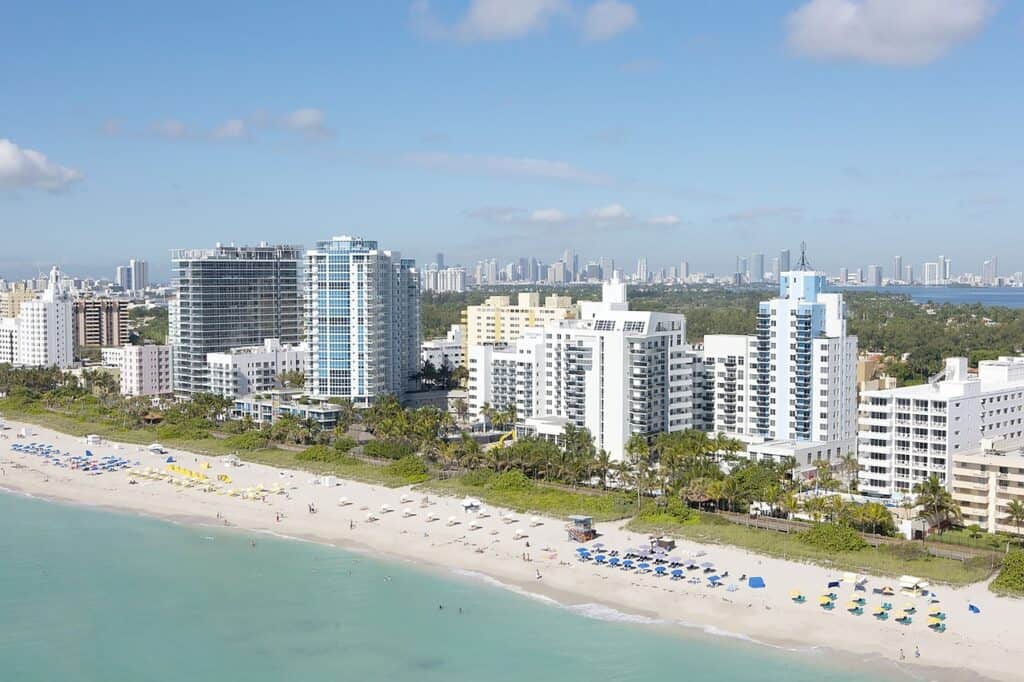
At the heart of Atlantic hurricane territory, Key West is particularly vulnerable from August through October. Hurricanes can force citywide shutdowns, leaving travelers scrambling to change plans. For the best experience, set your trip for winter, when skies are clear and the island’s signature nights and beach days are at their best. Avoid late summer and fall unless you’re comfortable turning your island escape into a waiting game.
5. Galveston, Texas
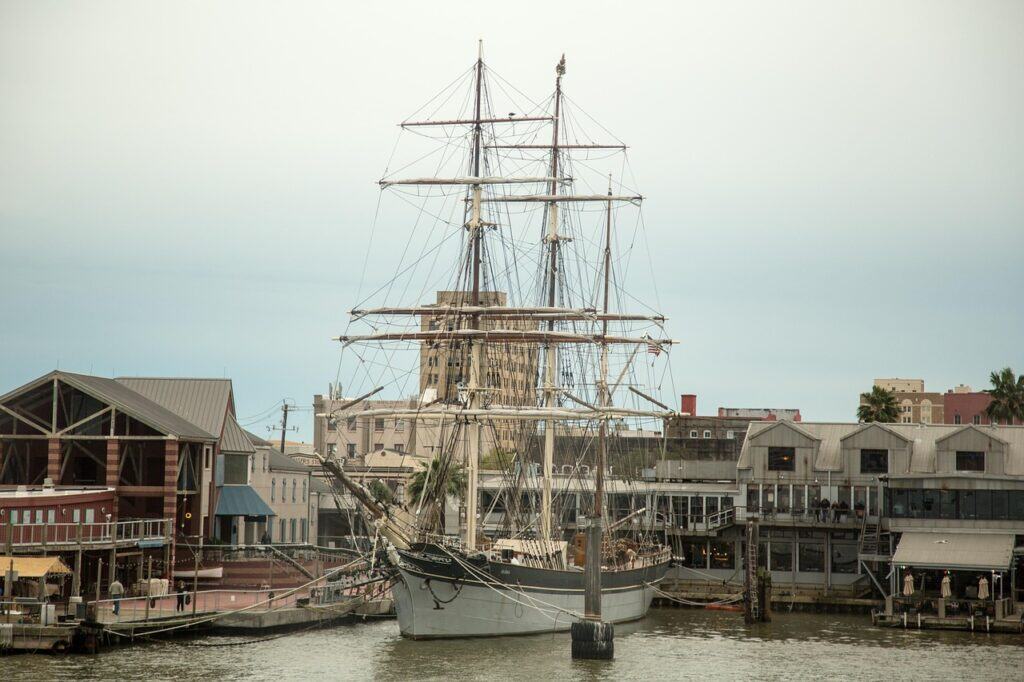
Galveston sits in the direct path of many Gulf storms. During late summer, tropical systems can quickly prompt beach closures, ferry cancellations, and last-minute changes. For a smoother adventure; think exploring historic streets, fishing, and basking on the sand; try late spring or early summer. You’ll catch warm days and gentle breezes without sudden evacuations or weather anxiety.
6. Myrtle Beach, South Carolina
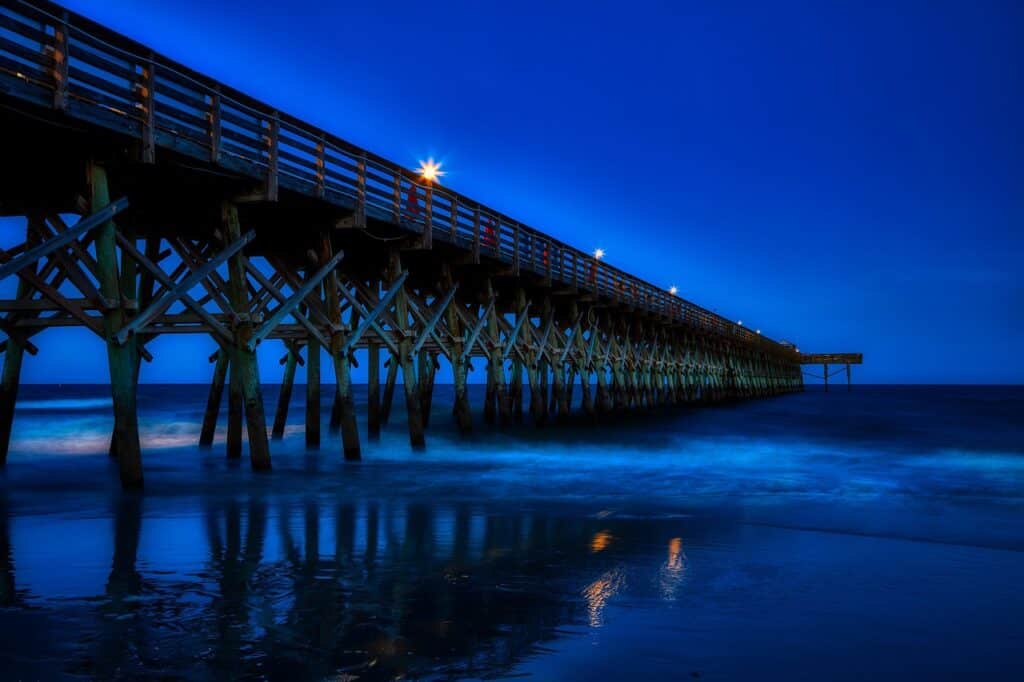
Late summer through early fall regularly brings hurricanes and rough weather to Myrtle Beach. Even a near-miss can mean rainouts, flight delays, and closures. Plan your beach escape for spring break or the early summer window. That way you’ll get sunny skies, balmy water, and a full schedule of fun minus the unpredictability of tropical storms.
7. Puerto Rico
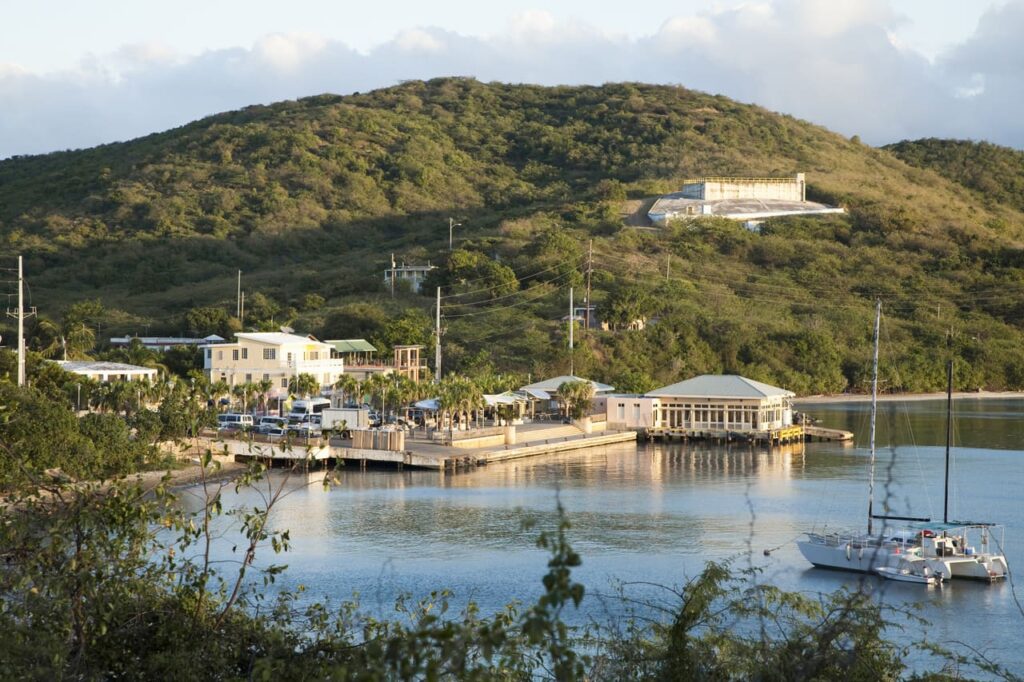
Puerto Rico faces high hurricane risks from August to October. Power outages, road blockages, and canceled flights are genuine concerns. The best bet is to go in winter or early spring, when the island is lush, vibrant, and the weather is on your side. That’s when local festivals, calm seas, and rainforest hikes all shine and you’re free to explore without storm watches interrupting your plans.
8. Charleston, South Carolina
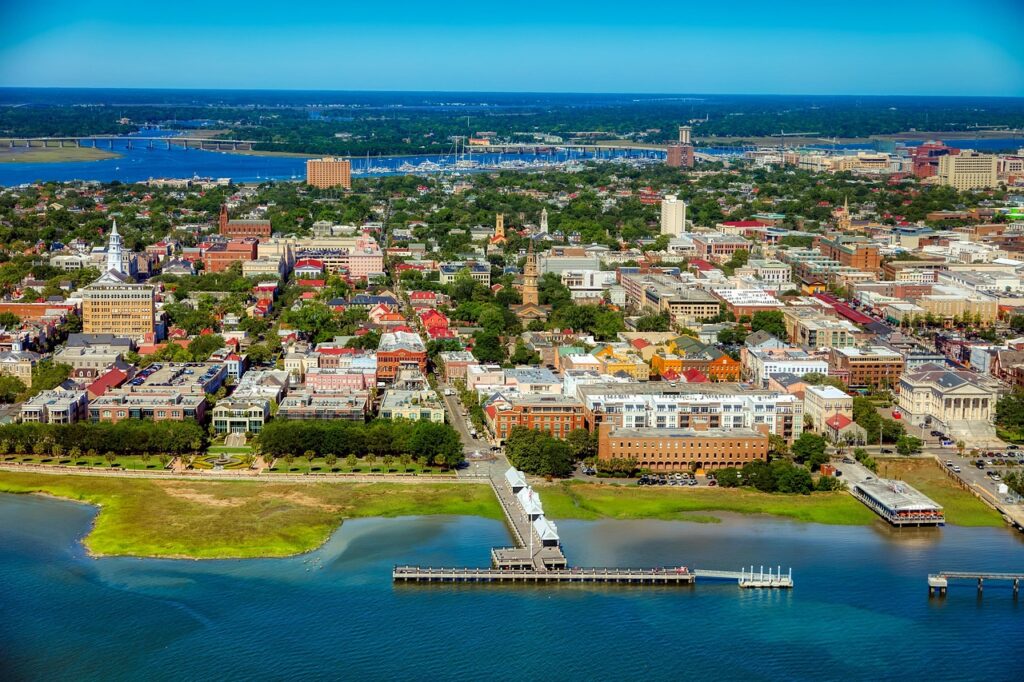
Charleston’s coastal setting makes it vulnerable to late-summer hurricanes and storm surges. Even quick-moving storms can flood charming historic streets and disrupt travel. Plan your trip for late spring or early fall, when comfortable temperatures and fewer crowds make for perfect walking tours, outdoor dining, and a relaxed look at this city’s classic architecture and cuisine.
9. Virginia Beach, Virginia
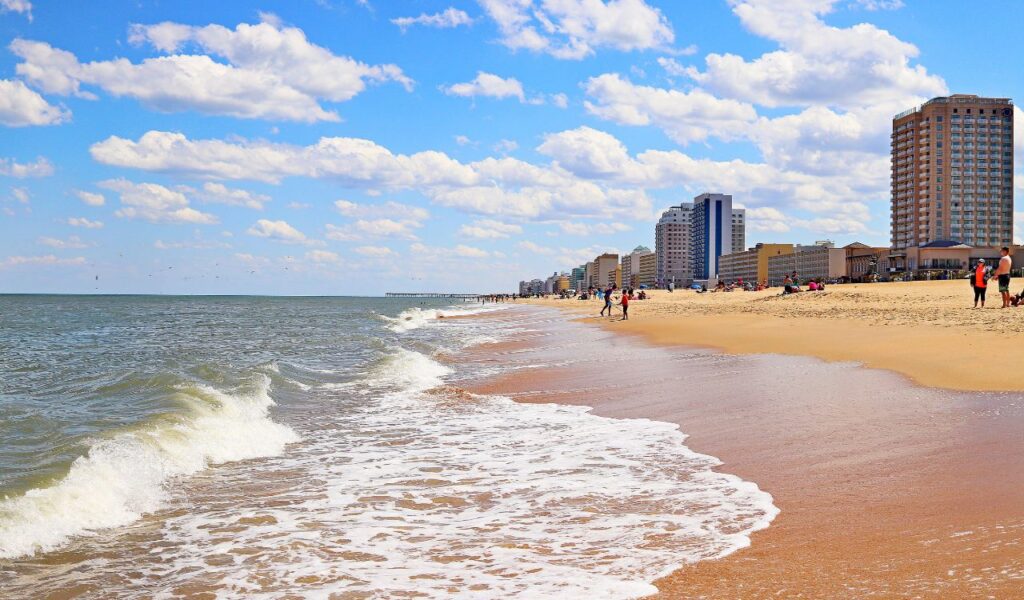
Though direct hurricane hits are less frequent here than on the Gulf, Virginia Beach still sees its share of storms, especially during late summer. High winds and flooding can close down boardwalks, beaches, and water activities. For the best experience, head south in June or early July, when the water is inviting and hurricane risks are lower.
10. Savannah, Georgia
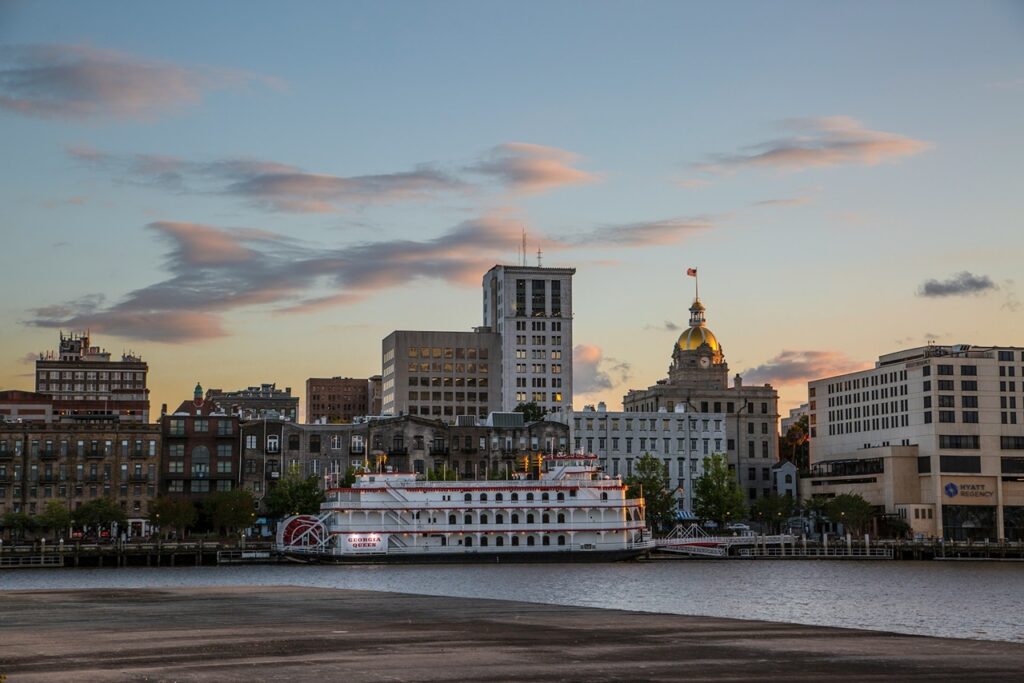
Savannah’s historic streets and lush gardens attract visitors year-round, but hurricane season can bring flooding, power outages, and travel headaches. Late spring is a perfect window mild weather, blooming flowers, and a bustling downtown scene all without the stress of storm season. Enjoy Savannah’s outdoor beauty and Southern charm at a safer, more dependable time.